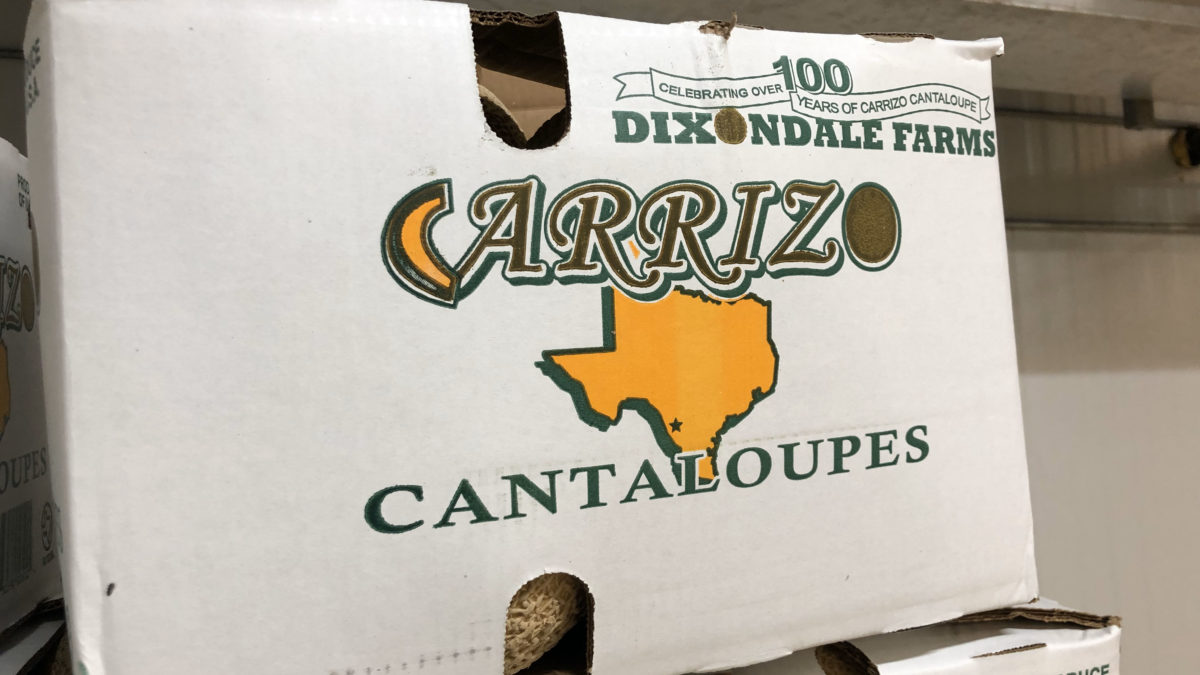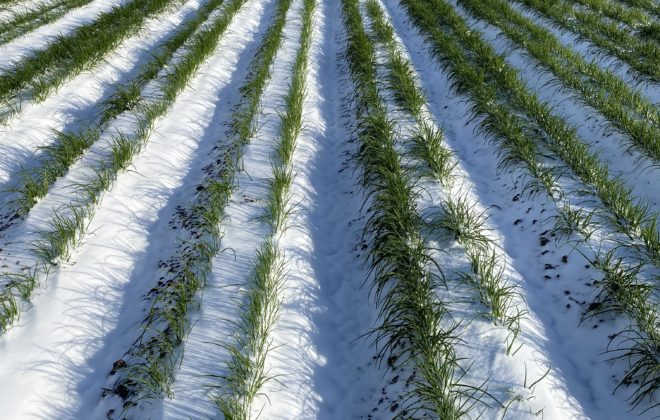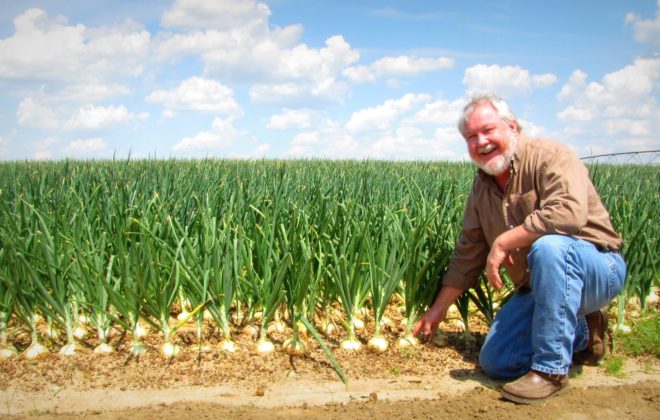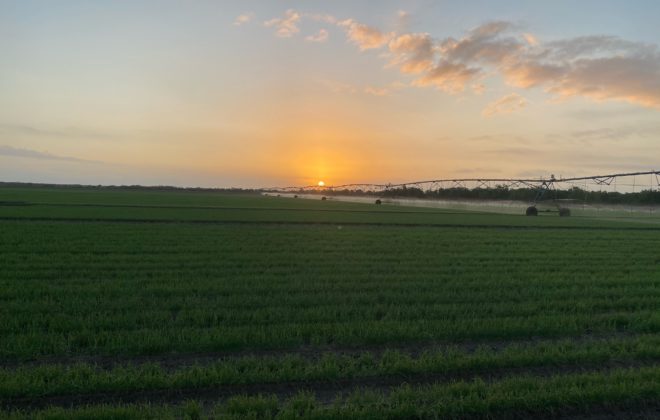Dixondale’s Other Crop – Cantaloupes!
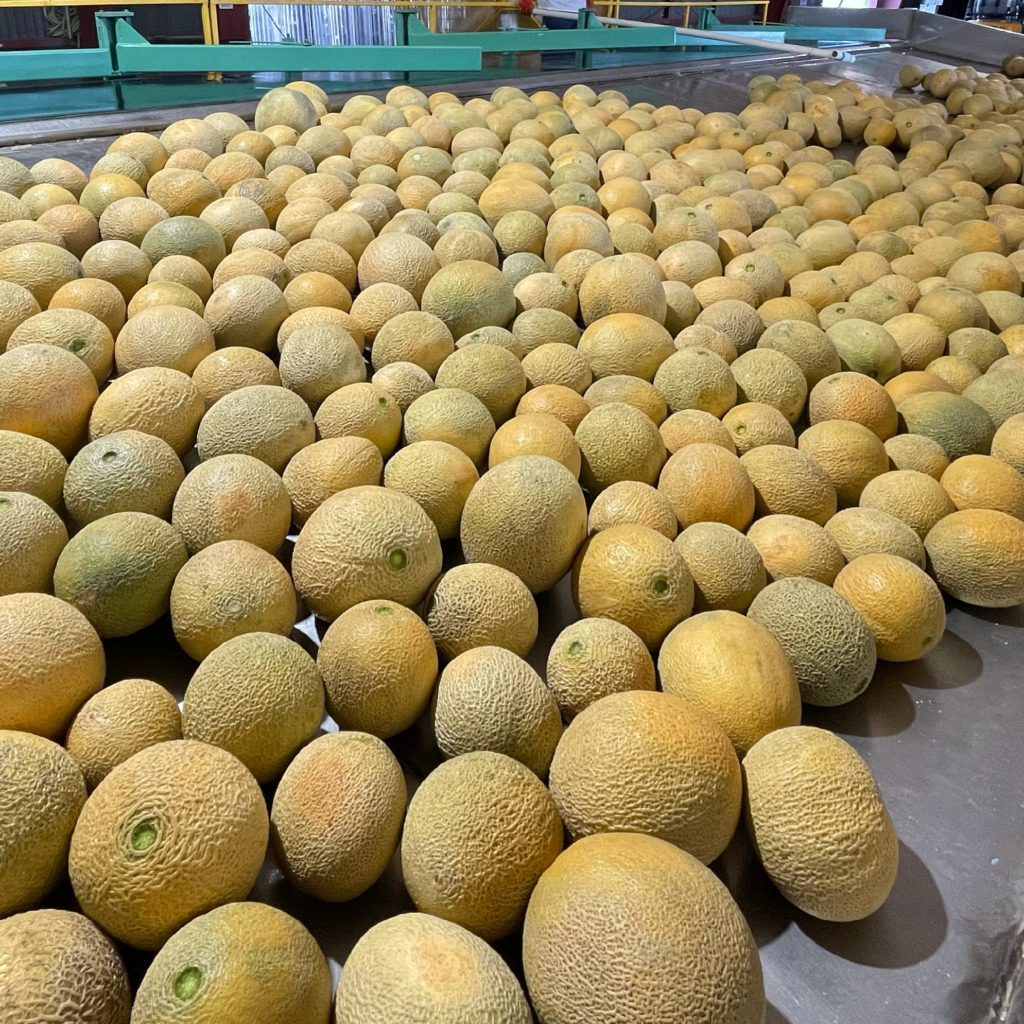
Many of our onion customers are intrigued by our “other” crop – cantaloupes! First off, we don’t sell them like our onion plants, but if you happen to be in Texas, you may get lucky and find one in your local grocery store. This month, we thought we would transition away from onions for a quick Q & A blog about Carrizo Cantaloupes grown by Dixondale Farms.
What variety do we grow?
We grow an older variety called “Navigator”. Dixondale Farms has been growing this variety for many years and Texans rave about it! Navigator is fully vine-ripened with true “netting”. They are not harvested until they fully slip off of the vine. There is no cutting involved in our harvest process.
What makes them stand apart from other cantaloupes?
Bruce “The Onionman”, or in the summer months The Melonman”, always tells people, “Our cantaloupes look, feel, taste, and smell like a cantaloupe you grew up eating with your grandparents.” As mentioned above, they are fully vine ripened meaning they are not harvested “green”.
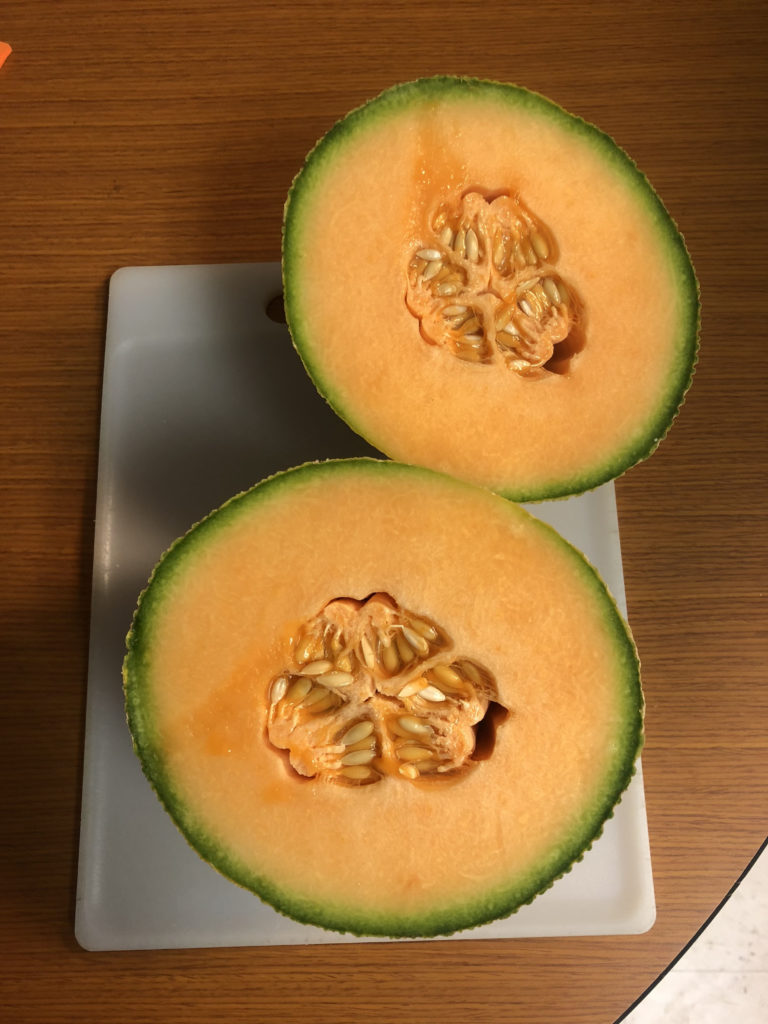
Our area is considered good cantaloupe growing ground as we typically have hot days and cool nights. Cantaloupes need those cool nights to sweeten up.
How long have we been growing cantaloupes?
Dixondale Farms has been growing cantaloupes since the 1960s. While the variety has changed a bit, it has remained very similar through the years being quite different from most melons you find in a grocery store these days, which are referred to as “long shelf-life” varieties. Jeanie Frasier recalled the varying sales outlets they have used over the years. Originally, it was a bulk business meaning they were harvested and directly loaded into trailers with top ice placed over the melons and sold in bulk in San Antonio produce outlets. Following the bulk business, Dixondale Farms utilized other local packinghouses to pack their product under a different brand name before finally purchasing a packinghouse of their own in the 1990s; this is the same packinghouse we still use today for our onion plants and cantaloupes.
What is the growing season for these melons?
The Carrizo Cantaloupe growing season begins in late February or early March, depending on weather and soil temperature. We plant multiple times from late February/early March through April to ensure product from the start to finish of our harvest season. Harvest typically begins around the first of June and runs through the second week of July. This season has been a bit atypical with the crop coming off later due to cooler temperatures we have seen in South Texas.
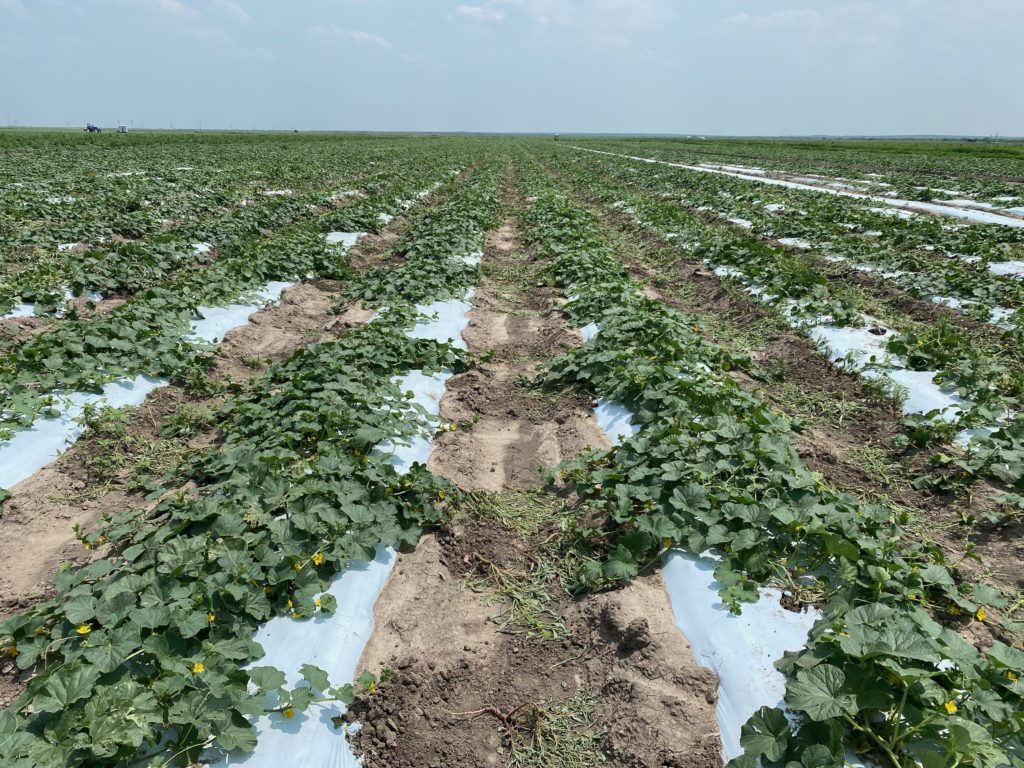
How does it impact our crop rotation at the farm?
Cantaloupes follow onions in the crop rotation. Specifically, 2020 onion plant ground is currently 2021 cantaloupe ground. Our farm is on a 5-7 year rotation. Cantaloupes compliment onions in terms of soil health.
How does the harvesting and packing process work for cantaloupes?

Each morning harvest crews arrive at the farm to being hand harvesting melons by sun up. Harvest crew go through the fields row by row filling trailers that get hauled to town. Our farm is about 15 miles from Carrizo Springs where our packinghouse is located. Trailers are unloaded on to a dump table, washed with several soaps and sanitizers, graded, and hand packed by size into cartons. The cartons are palletized and placed into our forced air cooler where they are cooled down. Most of are melons are shipped out the same afternoon or following morning to Texas grocery retailers.
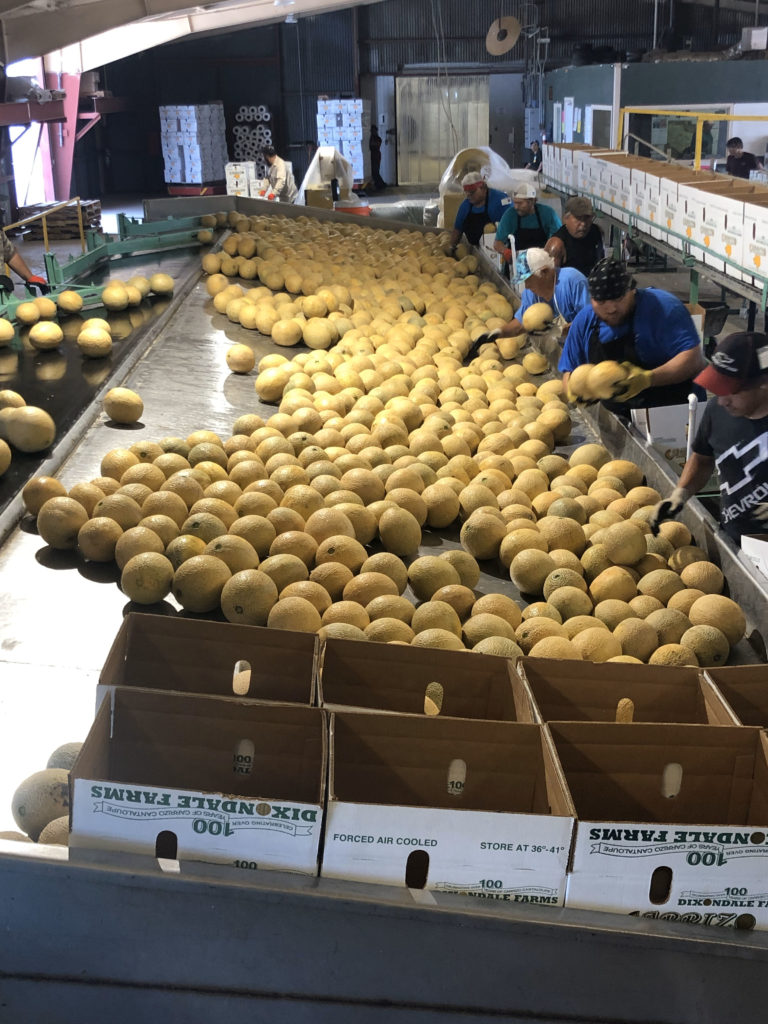
Then what?
Following the end of cantaloupe harvest there a few quiet weeks at Dixondale Farms before onion planting begins and we are back at it for the next season! We typically begin planting onion seed in late August or early September depending on weather and soil temperature.

